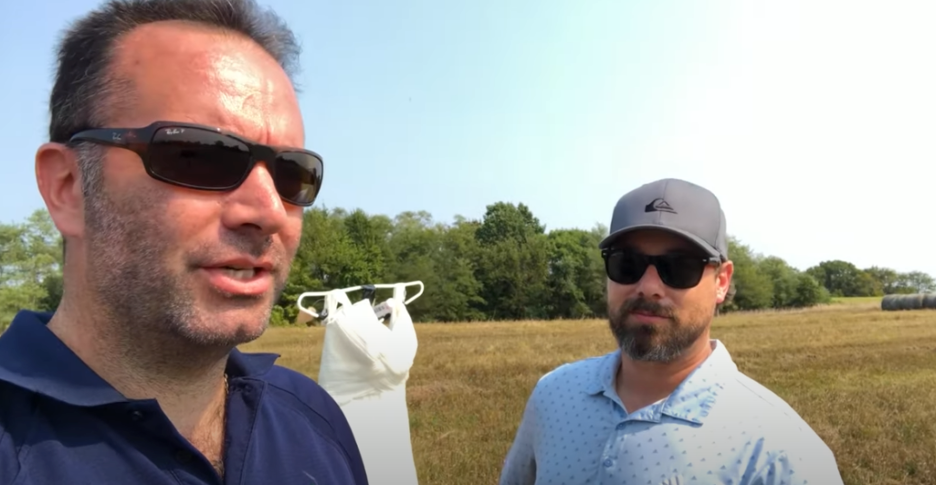In a recently published paper, a half dozen ag scientists voice concerns over the federal government likely requiring additional ground for pesticide spray setbacks and buffer areas to protect endangered birds, insects and other animals.
Richard Brain and Daniel Perkins — both speakers at the 2023 National No-Tillage Conference — along with Lula Ghebremichael, Mark White, Greg Goodwin and Mike Aerts authored “The Shrinking Land Challenge.” The purpose of the research paper is to start a discussion and debate about how U.S. farmland is being squeezed by opposite urban and conservation demands.
The scientists point out that recent biological risk assessments conducted to evaluate the potential impact that pesticide registration may pose to threatened and endangered species may require extensive cropland to be set aside.
Brain and Perkins point out that the Environmental Protection Agency has the authority to calculate pesticide buffers and setbacks under the federal Insecticide, Fungicide and Rodenticide Act that are in compliance with the government’s Endangered Species Act. Stating that such requirements could lead to a tremendous loss of crop ground, the two scientists use a 100-acre square field as an example of what could take place:
- If a 100-foot buffer area is required along one edge of this field, there would be a 5% reduction in the cropping area.
- If the same 100-foot pesticide buffer was required along all four field edges, there would be nearly a 20% reduction in the crop production area.
In the future, the authors maintain more extensive setbacks and buffers are likely to become mandatory in many protected species areas, leading to much larger no-spray pesticide zones. The authors even go so far as to predict that government demands could get to the point where the Environmental Protection Agency could require that buffer strip requirements be listed on pesticide product labels.
Brain and Perkins say such pesticide prohibitions could even lead to a reversion to mechanical tillage. The use of pesticides, particularly herbicides used with no-till, have decreasing the area of cropland under tillage by nearly 20% in recent decades. Such a move to more tillage not only releases greenhouse gases, but also undermines significant efforts to reduce soil erosion and nutrient runoff.
The authors maintain that calls for the preservation of America’s farmland are growing increasingly louder. While modern agriculture technology has resulted in an abundance of food, new developments such as genetically modified crops, pesticides, fertilizers are under increased scrutiny, which poses a threat to the gains made by no-till and other conservation practices.
Read the full research paper here.
Related Content
No-Till, US Farmland Caught in the Middle of 'Shrinking Land Challenge'
1,000-Foot Proposed No-Spray Buffer Rule: What It’d Mean in Practice
No-Till Conference Co-Presenter Publishes New Research Paper








Post a comment
Report Abusive Comment